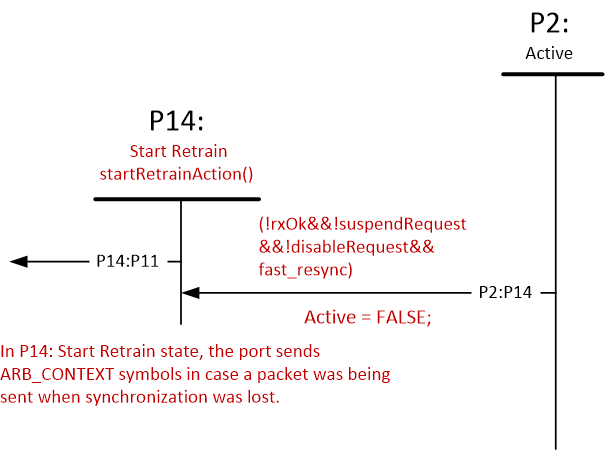JAJSQ90 september 2020 TSB41BA3F-EP
PRODUCTION DATA
- 1
- 1 特長
- 2 アプリケーション
- 3 概要
- 4 Revision History
- 5 Terminal Configuration and Functions
- 6 Specifications
- 7 Operating Life Deration
- 8 Parameter Measurement Information
- 9 Overview
- 10Functional Block Diagram
- 11Principles Of Operation (1394b Interface)
- 12Principles Of Operation (1394a-2000 Interface)
-
13Applications, Implementation, and Layout
- 13.1 Known exceptions to functional specification (errata).
- 13.2
Application Information
- 13.2.1 Interoperability with earlier revisions of TSB41BA3
- 13.2.2 Internal Register Configuration
- 13.2.3 Feature Enhancements to revision F
- 13.2.4 Power-Class Programming
- 13.2.5 Using The TSB41BA3F-EP With A 1394-1995 Or 1394a-2000 Link Layer
- 13.2.6 Power-Up Reset
- 13.2.7 Crystal Selection
- 13.2.8 Bus Reset
- 13.2.9 Designing With Powerpad™ Devices
- 14Device and Documentation Support
- 15Mechanical, Packaging, and Orderable Information
パッケージ・オプション
メカニカル・データ(パッケージ|ピン)
- PFP|80
サーマルパッド・メカニカル・データ
- PFP|80
発注情報
13.2.3.2 Fast Retrain
In revision D and prior, If for some reason (physical disconnect or intermediate signal degradation) the port connection between IEEE-1394 Beta ports lose synchronization, the PHY will transition the port connection from P2:Active state to P0:Disconnected and a minimum reconnect time of approximately 500 milliseconds is required. IEEE-1394-2008 section 13.3.2.1.2 Resynchronization procedure touches on resynchronization when a port determines synchronization has been lost, however it doesn’t fully define it. This enhancement to the IEEE-1394-2008 Standard fully defines the resynchronization procedure, Fast-Retrain. The Fast-Retrain process has the potential to speed up the loss of connection time from approximately 500 milliseconds to a few hundred microseconds. The Fast-Retrain enhancement allows an IEEE-1394 Beta connection to attempt to retrain a connection that has lost synchronization by attempting to immediately train the connection at the previously connected data rate.
 Figure 13-1 Fast-Retrain Port Connection State Machine Changes
Figure 13-1 Fast-Retrain Port Connection State Machine ChangesP2:P14
If Fast-Retrain is enabled (fast_resync = 1) and the port detects a loss of synchronization (!rxOk && !suspendRequest && !disableRequest && fast_resync) the port transitions from the P2:Active to the P14: Start Retrain state.
P14: Start Retrain
In the P14: Start Retrain state 2 to 16 ARB_CONTEXT characters are sent before transitioning to the P11:Untested state. The transmission of ARB_CONTEXT characters are sent in case the port was transmitting a packet when the loss of synchronization occurred.
P14:P11
Upon entry into the P11:Untested state the port immediately starts the training process at the previously connected data rate. For this reason, the tone based speed negotiation is not required and transmission of 8b10b symbols can begin immediately. After this point the normal Untested state process is followed.
If the retrain process doesn’t complete after DISCONNECTED_TONE_INTERVAL (42.66 to 48 milliseconds) the ports will force disconnect and transition through the P12:Loop Disabled state to P0:Disconnected.